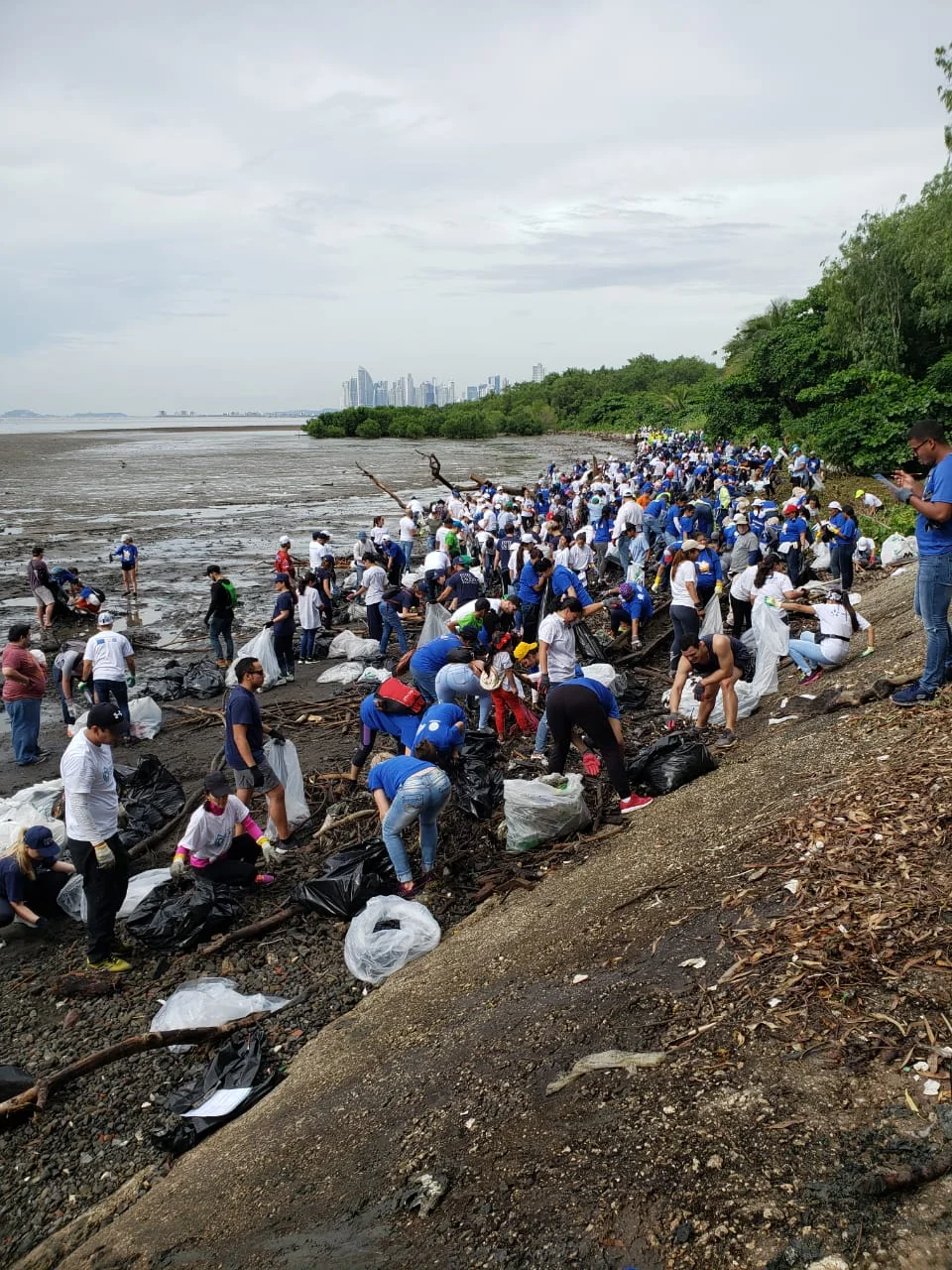This post is also available in audio form:
It's no secret that most of humanity is doing great efforts to tackle climate change. Whether you believe that there is a climate emergency or not, you can't deny that over the last few years the majority of countries in the world have made it a priority to counteract global warming. And we have reached a point where, if you don't see the problem you are most likely part of the problem. During the event that I hosted last month for LGBT History Month on Queer Identity, Meghana Duggirala introduced me to a speech given by Audre Lorde in the early '80s where she said: "There is no such thing as a single-issue struggle because we do not live single-issue lives." As a photographer and a visual artist who explores Human Rights, Mental Health and National identity, Lorde's words resonated in my mind.
I've written in the past about the complexity of my identity, of anyone's identity for that matter. Sometimes, the people who commission photographers want to hire someone who does just one thing and does it very well. But, that description doesn't fit me. I do many things. Many very different things. And I don't know if I'm any good at any of them, but I do know that I'm very passionate about the things that I strongly believe in.
One of my main concerns over the last few years has been how my practice impacts the environment. I use my blog to tell my readers the different ways in which I'm exploring my place in the climate change crisis and the actions that I'm taking every day to counteract the contributions that my business has to global warming.
But when you speak about photography, particularly coming from someone who works in fashion, not many people understand the connection of my work with the issues that I care for. To some people, I don't look, act or talk like a fashion photographer because I speak out, write and care about the current issues that affect humanity. But, the truth is that the issues affecting humanity, especially those affecting the environment, affect the fashion photography industry as much as they affect the rest of the world. So, why should I deny my place in the problem and my possible contribution to a solution?
Climate change is a photography issue: I've written extensively about the relationship between photography and the environment. How the digital equipment that we use contributes to waste, how the storage of digital images contributes to deforestation and global warming, and how we need to reconsider bringing new creations into an already saturated planet. But one thing that I haven't written about is how climate change affects the photography industry and why every single photographer should be more concerned.
At its most basic level, climate change is a human issue. The devastating effects that global warming has on humanity are covered in the news every day. Photographers are humans, so anything that has a negative impact on humanity also has a negative impact on photographers. If this argument doesn't convince you, think about all the ways in which your business depend on humans.
Climate change also has a direct impact on the economy. If your clients, who are humans or companies run by humans, are affected by an environmental issue they won't be able to commission your work. If your suppliers and those who manufacture your equipment are affected by climate change or scarcity of the materials used to produce the tools you use, the prices of the services you pay for or the equipment that you buy will become more expensive. These two factors can put us out of business. If you want to have a glimpse into what this might look like, just think about the repercussions that the Covid-19 pandemic has had in our industry.
For anyone living and breathing in this day and age, there doesn't need to be a specific reason to realise how important it is that we all do what we possibly can to counteract climate change. If you are not sure of what you or your business can do to contribute to the environment, the UN has created The Lazy Person’s Guide to Saving the World to give you some ideas. If you need more information below are some of the posts in my blog where I have spoken about sustainability in our industry.
You can also subscribe to my weekly blog posts here!
HELP ME PRODUCE MORE LIKE THIS
Patreon is a platform that enables me to offer you the content that you enjoy. Consider becoming a patron by clicking here. For less than the price of a cup of coffee a month you can support this blog and learn how I create my work. Also, 6% of my patrons' support goes to a different charity each month!











































